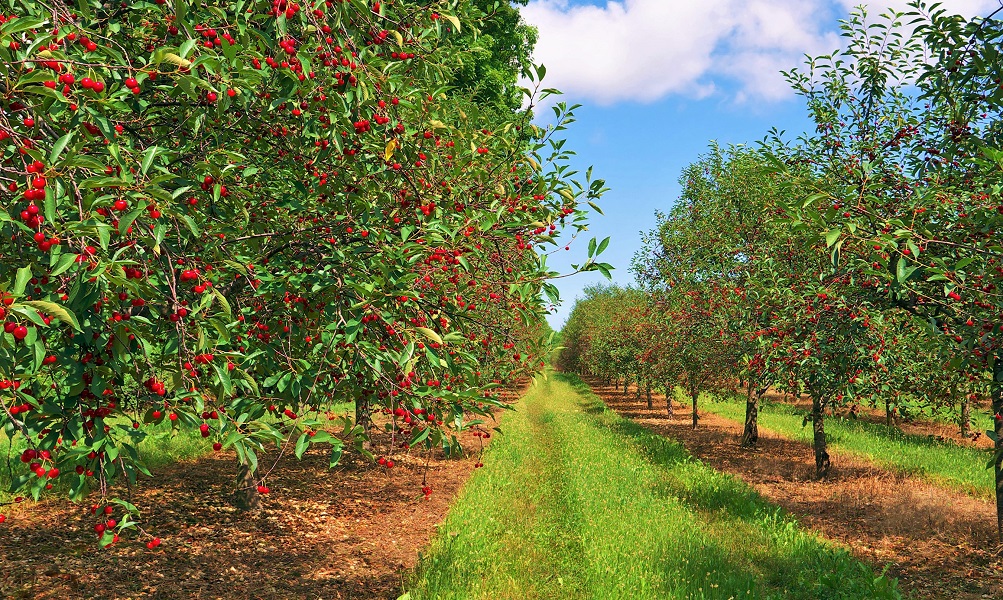The mealworm life cycle is a great example of complete metamorphosis. Students can observe the process in a simple way that involves observing offspring that do not initially look like their parent organism, a darkling beetle. Students should also create and maintain an appropriate habitat for the offspring. Students can also use this opportunity to discuss inherited traits and the importance of observation and recording.
A mealworm starts its life as an egg. After about 8 weeks the egg hatches and a larva emerges. The larva is a white alien-like grub that has four legs and a body shaped like a bell. The larva eats vigorously in this stage and grows to be about an inch long. The larva goes through a stage where it sheds its outer skin 10 to 20 times, a process called molting. It takes a little time for the new soft exoskeleton to grow into its hard adult form.
As the larva reaches the end of its growth it enters the pupal stage, which lasts for about 3 to 4 weeks. The pupal stage looks creamy-white at the beginning and then gradually turns brownish. The pupa does not eat during this time and seems inactive. During this time the mealworm prepares to become an adult mealworm beetle.
After about 2 to 3 weeks the pupa forms its adult form, which is a beetle that is about a half to three quarters of an inch in length. The adult beetle lays eggs for several months before it dies.
Mealworms are sold as pet food for turtles and lizards, for fish bait, as well as for use in composting. They are scavengers and can be found in grains, grain products, decaying animals and dead plants. They are considered a pest in some areas because they can infest stores of food.
Mealworms can be purchased in pet stores and bait shops, as well as through online retailers. When purchasing worms, it is important to purchase them from a bait shop rather than a pet store because these types of worms are less likely to be fed hormones that can inhibit their full metamorphosis. Mealworms can be kept in a container with bran, which they will consume. As they eat the bran, they will shed their old exoskeletons and leave a dusty or sandy residue behind that is known as frass. It is necessary to sift the frass regularly and wash the container before adding more grain. If not washed, the container may begin to smell due to an accumulation of ammonia from the decomposing bodies. It is recommended to start a new container every 2-4 weeks to ensure that you have mealworms of all different life stages. This will help to avoid a build up of eggs or larvae. A small amount of water can be added to the food to provide moisture for the mealworms if the container becomes too dry. The addition of a band of Vaseline around the outside of the container will help prevent ants from entering the worm culture.





